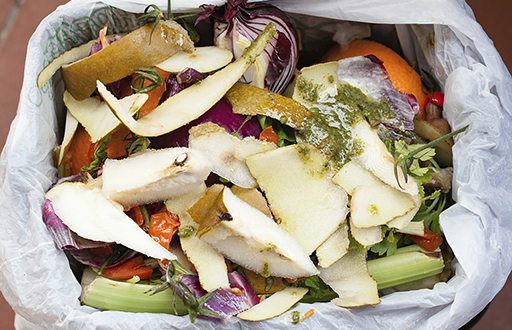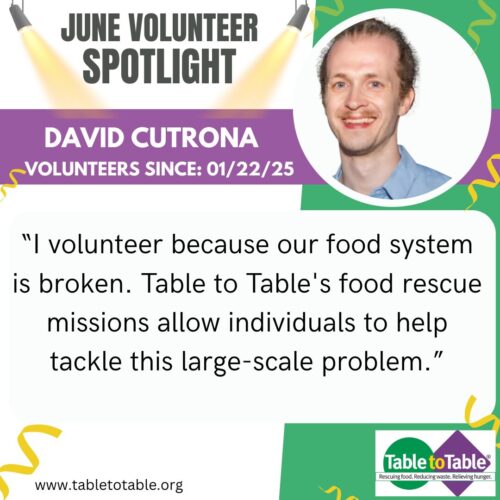
Blog
Don’t Trash That Yet
Growing up, the least favorite job around the house was taking out the garbage and it seemed it needed to be done daily. In adulthood, it’s still the least favorite and still too frequently needed. If there’s someone around to be convinced to take the garbage out we’re all over the offer. Wishful thinking aside, it’s a fact of life and it got us to wondering if there is a way to attend to it less often – or at the least make it more useful?
Great news! There are a number of ways to get the most out of our trash and reduce food waste. Sure, you can use food scraps for soup stocks, pestos and smoothies but we thought we’d take the idea a step or two further and bring you some easy suggestions for items we don’t generally consider useful leftovers.
That Last Drop
We all know some overage is imbedded in the cost and weight of that condiment bottle or jar, but once we get the bulk of it out it feels like there is so much left even though it’s either inadequate for a full serving or not easily removable. Use what’s left as a base for something else by adding new ingredients and shaking to loosen the dregs.
- Peanut Butter – add soy sauce, rice wine vinegar and sesame oil for peanut sauce that can be used on everything from cold noodles to salads.
- Mustard – add balsamic vinegar, olive oil and maple syrup for Dijon-Maple vinaigrette.
- Nutella – add coffee, milk and ice cubes for an iced Nutella coffee.
Around the House
Food remnants can be used in the house and garden as cleaners, fertilizers and insect repellants.
- Coffee Grounds – In the northeast we grow lots of azaleas, hydrangeas, rhododendrons, roses, and other acid-loving plants. Mix your old grounds with dead grass clippings, brown leaves, or dry straw to neutralize some of the acidity, the spread them around your plants. Used coffee grounds add nitrogen and potassium to the soil as well as a boost of magnesium, which all plants need to stay healthy.
- Lemon Rinds – The old diner trick to make glass coffee pots sparkle: add ice, salt and lemon rinds to an empty coffee pot; swirl around for a minute or two, dump and rinse well. Lemon rinds are equally as effective on mug stains. Put some lemon peel into a coffee stained mug, add some warm water and let sit for a few hours. Pour away and then scrub. The coffee stains should disappear.
- Tea Bags – To clean a microwave, boil water and add a used tea bag to steep. Once cool enough use the tea water to wipe down the inside and outside of your microwave. It removes odors and adds a fresh smell to your microwave.
- Ketchup – use the leftover in the bottle to remove tarnish and other stains on our pots and pans. Simply rub into the silver in circular motions and wash off.
- Egg Shells – If you have problems with slugs and snails in your garden, try sprinkling crumbled eggshells around the plants where these slimy little pests like to dine. The shells’ sharp edges deter snails and slugs by abrading the sensitive foot of any land mollusk that attempts to cross the barrier.
Every step taken toward rethinking our daily approach to food waste has an impact. Small habits grow into greater awareness that spreads throughout the community reducing environmental expenditure, greenhouse gas emissions and food waste. That awareness creates a culture of support for organizations like Table to Table that rescue food from its likely dire end – the garbage can. Last year alone, Table to Table rescued more than 11 million pounds of food from our community of donors. A full circle approach of smarter shopping, throwing away less food, reusing and recycling food scraps and waste, and supporting food rescue organizations will all work to address the crises of hunger and maintain the well-being of our neighborhoods.
More From News
July 3, 2025
How Much Food Will Go Uneaten on the Fourth of July?
June 30, 2025
David Cutrona: Volunteer Spotlight
REAL PEOPLE, REAL STORIES.
June 24, 2025
Elementary School Students Honored
More students are working to end hunger and reduce food waste. Students at Godwin and Highland Elementary schools in Midland Park were...
June 19, 2025
Leonia Students Donate Hundreds of Pounds of Produce
Every little bit counts. Second-graders at Anna C. Scott Elementary School in Leonia held a fresh produce drive for Table to Table...
May 23, 2025
Saddle River Inn Named Among the 25 Most Essential Restaurants in North Jersey
Take your best shot at fighting hunger. Join us for the 9th Annual Table to Table Golf Classic at the Preakness Hills...













